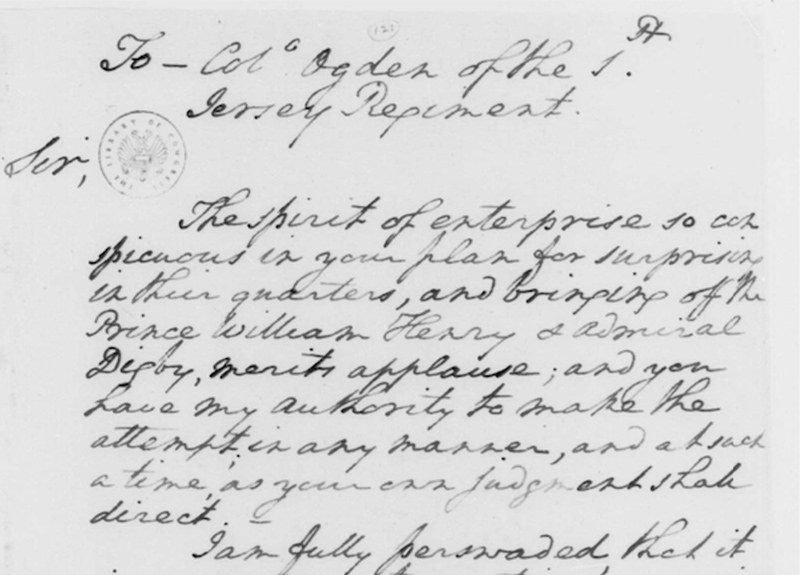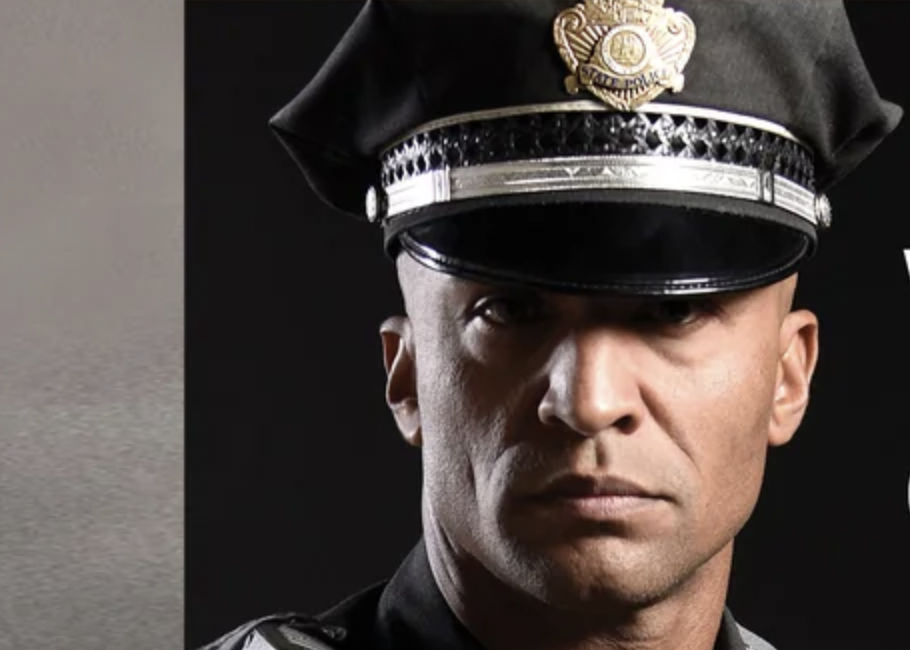-and-
The plot: Under the cover of darkness, a crew of armed soldiers crosses the Hudson River, enters New York City, kidnaps the king of England’s son and delivers him to Congress as a prisoner.
Source: Library of Congress
Images: Courtesy
January 14, 2025
Posted by: Mark Hartsell
This article also appears in the January-February issue of the Library of Congress Magazine.
The plot: Under the cover of darkness, a crew of armed soldiers rows across the Hudson River, enters New York City, kidnaps the king of England’s son and delivers him to Congress as a prisoner.
The mastermind: Matthias Ogden, a Continental Army officer serving under George Washington during the Revolutionary War.

The target: Prince William, the 16-year-old son of King George III now serving as a midshipman in the Royal Navy.
As the king’s third son, William held little hope of inheriting the throne. So, at age 13, he had joined the navy and, in September 1781, sailed into New York harbor with a squadron under Adm. Robert Digby — the first British royal ever to set foot in America.
The British controlled the city, and loyalists to the crown greeted the prince warmly. “When I came on shore I was received by an immense concourse of people, who appeared very loyal, continually crying out ‘God Bless King George,’” he wrote to his father.
Ogden noted William’s arrival with interest.
A member of a politically prominent New Jersey family, Ogden also was a childhood friend of future vice president and Alexander Hamilton nemesis Aaron Burr. Ogden and Burr attended Princeton together and, in 1775, volunteered for Col. Benedict Arnold’s ill-fated expedition against the British province of Quebec. (Ogden appears in the famous John Trumbull painting of the Battle of Quebec — that’s him in the red uniform holding the dying Gen. Richard Montgomery. The depiction, however, is incorrect: Ogden actually was elsewhere on the battlefield at the time of the general’s death.)
Ogden eventually rose to the rank of colonel in the 1st New Jersey Regiment. He was captured by the British, then released in a prisoner swap.
With William’s arrival in New York that September in 1781, Ogden saw an opportunity: Kidnap the prince and use him as leverage to secure the further release of American prisoners. He drafted a plan and, the following March, submitted it to Washington.
“On the first wet night after we are in readiness,” Ogden wrote, he and a crew would cross the Hudson from New Jersey in four whaleboats and “seize on the Persons of the Young Prince” and his companions at their quarters in Hanover Square.
Washington liked the idea.

“The spirit of enterprise so conspicuous in your plan for surprising in their quarters, & bringing off the Prince-William Henry & Admiral Digby, merits applause,” he wrote Ogden on March 28, “and you have my authority to make the attempt.” You can see these and other documents related to the plot in the Library’s “The Two Georges” exhibit, opening in March.
He added two commands: “treat them with all possible respect” and immediately deliver them to Congress.
American spies in the city, however, later informed Washington that the prince likely was heavily guarded, and he advised Ogden that his scheme probably would not succeed.
Ogden abandoned the plan. By that time, the war was winding down. The British Army had surrendered at Yorktown in October 1781 — the last major land battle of the war — and peace and a new country lay just ahead.
-and-
In 1789, Washington took office as the first president of the United States, and Ogden died of yellow fever two years later at age 36. Prince William, meanwhile, continued a distinguished naval career — he served under Lord Nelson and commanded his own ships. When his older brothers died with no heirs, he ascended to the throne in 1830 as King William IV.
Eventually, King William was shown Washington’s letter approving the long-ago plot to kidnap him.
“I am obliged to General Washington for his humanity,” William said, “but I’m damn’d glad I didn’t give him an opportunity of exercising it towards me.”
Several documents related to the affair will be included in the Library’s “The Two Georges” exhibit, opening in March.






